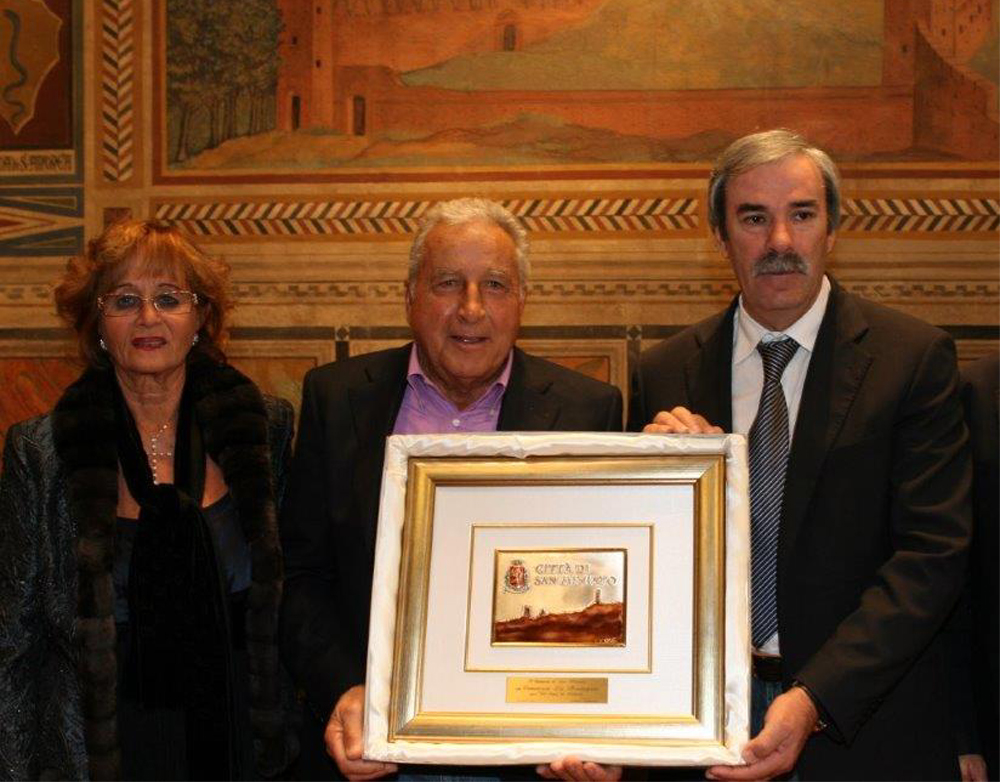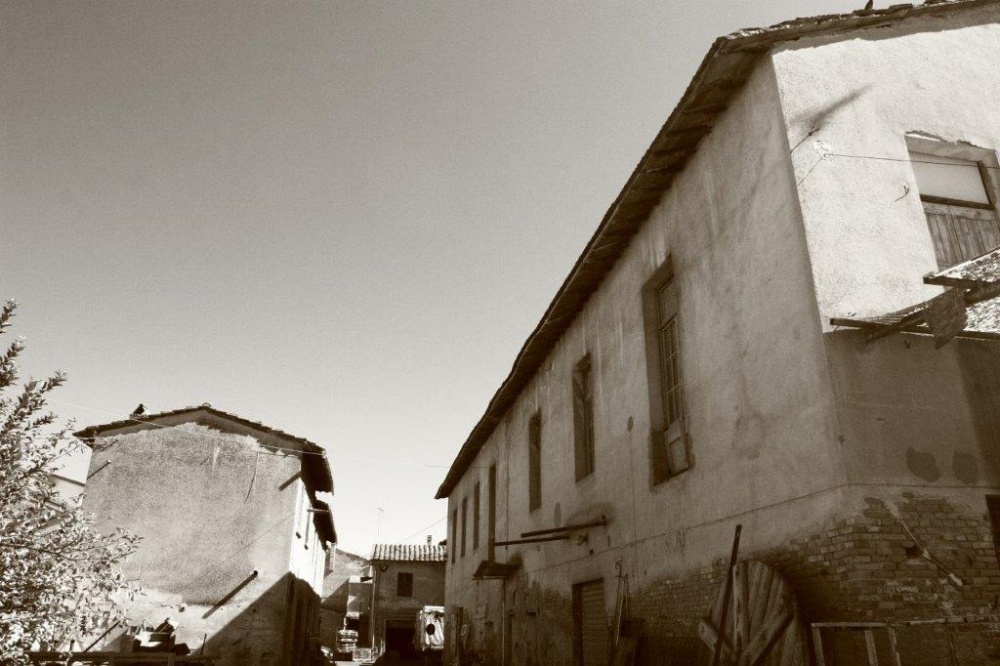The Founder: Giovanni Testi
The birth of the Bretagna tannery
It was way back in 1954, when in our father Giovanni Testi had the desire to become an expert tanner of cattle leather. After a few years spent learning this noble art at a tannery that produced rigid leather for soles, he decided in 1961 to undertake his own way, founding his own company and specializing in the production of vegetable tanned leathers, greased with tallow oil. During that period, Ponte a Egola, the small town located in Tuscany between Pisa and Florence, where we still live and where our tannery is located, was in turmoil because many small family-run tanneries were being born and ours was one of these. Santa Croce sull’Arno and Ponte a Egola, divided by the Arno river, have always been animated by great entrepreneurial activity, but also by an anomalous characteristic: over the years the inhabitants of Santa Croce had specialized in tanning chrome leather, while those of Ponte a Egola in the tanning of leather and vegetable leather.
Our father was convinced that the production of “Vacchetta”, that is a softer cowhide than sole leather, would have been very successful.
So he was and his instinct was rewarded. In fact, this leather was immediately used in certain regions of Italy such as Tuscany, Lombardy, Marche, and Campania for the production of shoe uppers, for the covering of bands for clogs, sandals, bags and belts.
 50 years of activity 1961 - 2011
50 years of activity 1961 - 2011
Thanks to the production of the Arizona and Pecos leathers, our father had success at home in the artistically Italian market with leathers of a sportier taste while our Invecchiato leather possessing a more classic and elegant taste with a hand-buffed gloss was not only appreciated, but idealized abroad especially in the United States of America.
For many years, the United States of America was the main market of the La Bretagna tannery.
We are currently addressing the global market and we carefully follow its evolutions.We have not forgotten our origins and traditions,
which are the basis of our knowledge. Which is why that we, even today, carry out the same “slow tanning” processing method that was once used, employing the same methods of manufacture that is, made inside large Iroko (oak) barrels, using natural ingredients such as vegetable tannins like Quebracho, Chestnut, Mimosa, Tare, Myrobalan, as well as Vallonea and fattened with vegetable oils.
 The old tannery
The old tannery
